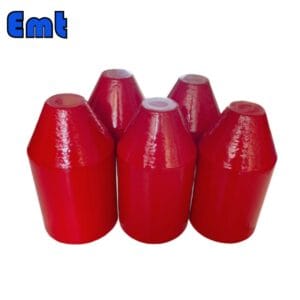
Introduction
Foam pipeline pigs are versatile tools used for pipeline cleaning and maintenance. Made from foam rubber or plastic, these pigs have a conical head and can be coated with abrasive materials for enhanced cleaning. Their flexibility allows them to navigate bends and varying pipe diameters, making them ideal for removing debris, water, and scale. Foam pigs are often used in drying, cleaning, and inspecting pipelines, ensuring efficient and safe operations.
A foam pig is a cylinder with a conical head, made from foam rubber or plastic. Its tail or surface is coated with various abrasive materials. It features a soft, elastic material, allowing it to pass through small-radius bends. It’s mainly used for removing water and drying pipelines. With additional equipment, it can clear scale and corrosion, and is used in pipeline inspection and tracking.
There are two types of foam pigs: one made from sponge products, and the other from molded polyurethane. Sponge products are easy to process, relatively cheap, and absorb water well. However, they are fragile and have a short operating range. Polyurethane foam pigs offer precise mold dimensions and good wear resistance, with a long operating range. However, they require more molds, making production costly and the raw materials expensive.
Foam Pigs Compare to Other Types of Pipeline Pigs
Foam pigs offer several advantages compared to other types of pipeline pigs:
Flexibility: Foam pigs can navigate tight bends and varying pipe diameters more easily due to their soft and elastic nature.
Versatility: They come in various densities and can perform tasks like cleaning, drying, and dewatering.
Cost-Effectiveness: Foam pigs are generally less expensive than metal pigs and are suitable for multiple applications.
Lightweight: Their lightweight nature makes them easier to handle and launch.
However, there are some limitations:
Durability: Foam pigs wear out faster than metal or urethane pigs, especially in abrasive environments.
Cleaning Power: They may not be as effective in removing heavy deposits or scales compared to more robust pigs.
Pressure Tolerance: Foam pigs may not withstand high-pressure applications as well as other types.
The Best Applications for Foam Pigs in Pipeline Maintenance
Foam pigs are highly effective in several key pipeline maintenance applications. Their flexibility allows them to navigate through pipelines with varying diameters and tight bends, making them ideal for removing soft debris and light buildup. This capability is particularly useful in general cleaning tasks, where their adaptability ensures thorough cleaning. Additionally, foam pigs are excellent for drying pipelines post-hydrostatic testing, as they can absorb and remove residual water efficiently.
Beyond cleaning, foam pigs serve in product separation by preventing cross-contamination between different substances in the pipeline. They also play a role in gauging, helping to detect any restrictions or deformations within the pipeline. While they are not as durable as some other types of pigs, their versatility and cost-effectiveness make them a popular choice for a wide range of maintenance activities.
The Process of Using Foam Pigs for Product Separation
Using foam pigs for product separation starts with careful preparation. First, identify the pipeline sections where different products need separation and ensure the system includes launch and receive traps. Insert the foam pig into the pipeline using a launcher. The pig acts as a physical barrier, pushed by the flow of the first product, effectively preventing mixing with the subsequent product. This step is crucial for maintaining the integrity and quality of each product during its transition through the pipeline.
Throughout the process, monitoring is essential to ensure the pig maintains its position and effectiveness. Pig tracking systems can help track its progress and detect any issues. Once the pig completes its journey, retrieve it using a receiver, inspecting it for wear or damage that might affect future use. Evaluate the separation’s success by checking product purity at transition points. This method ensures precise separation, maintaining product quality and reducing cross-contamination risks.
Different Types
Pipeline pigs are essential tools for maintaining and operating pipelines effectively. Foam pigs are lightweight and flexible, making them ideal for navigating bends and varying diameters. They are commonly used for tasks like cleaning, drying, and product separation. Utility pigs, on the other hand, are equipped with brushes or scrapers and are designed to remove debris, scale, and buildup from the pipeline walls. Gel pigs, made from a thick gel-like substance, are versatile for cleaning, dewatering, and product separation. Their ability to adapt to the pipeline’s shape allows them to pass through tighter sections.
Spherical pigs, often used for liquid displacement and batching, roll through the pipeline to separate different products effectively. Intelligent pigs are advanced tools equipped with sensors and electronics that inspect the pipeline’s interior, providing crucial data on wall thickness, corrosion, and other structural issues. Lastly, friction pigs create a tight fit to generate friction, removing stubborn deposits and ensuring a clean pipeline. Each type of pig serves a specific purpose, enhancing the efficiency, safety, and maintenance of pipeline operations.


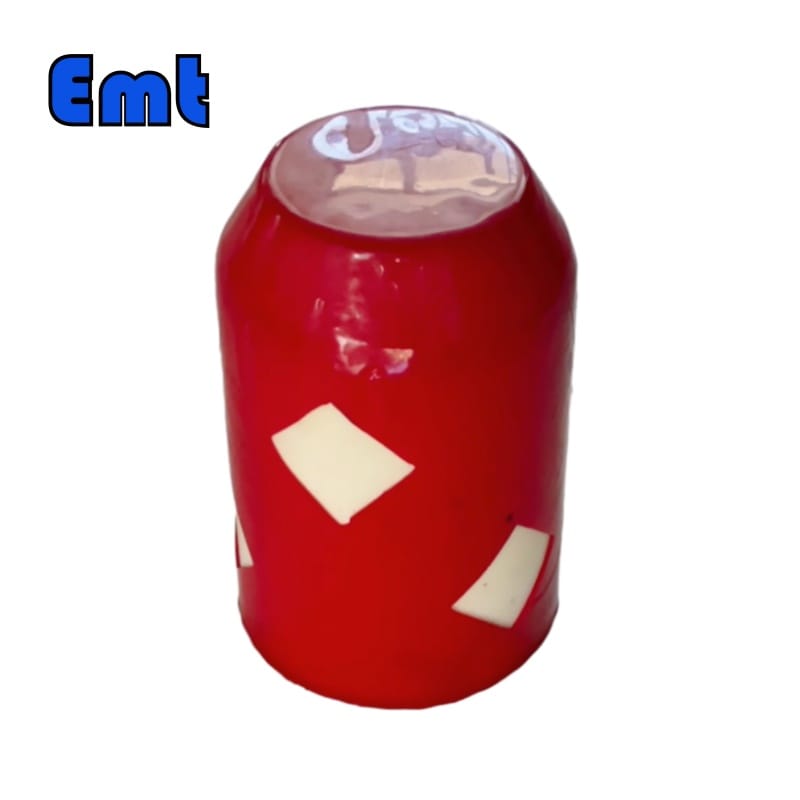

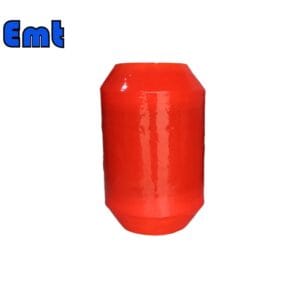
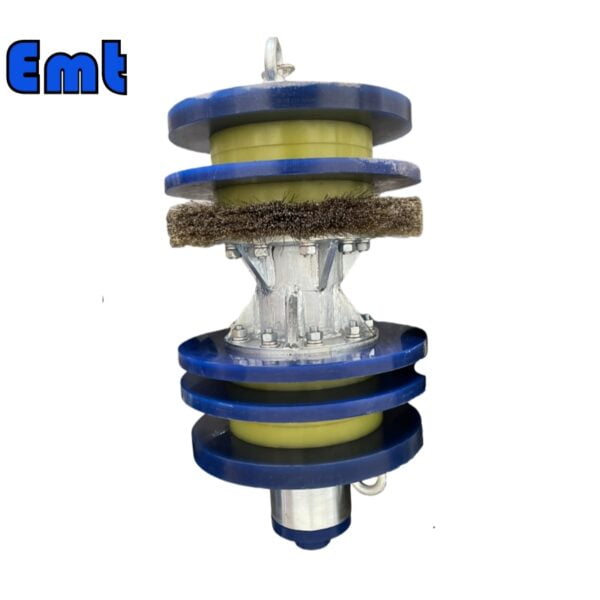
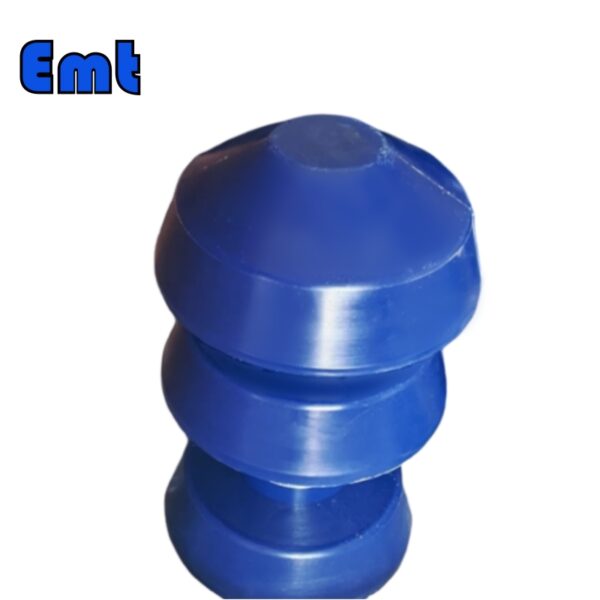
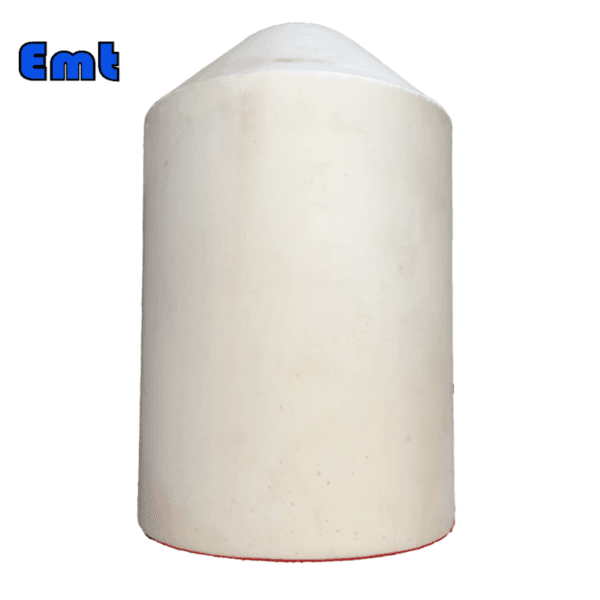
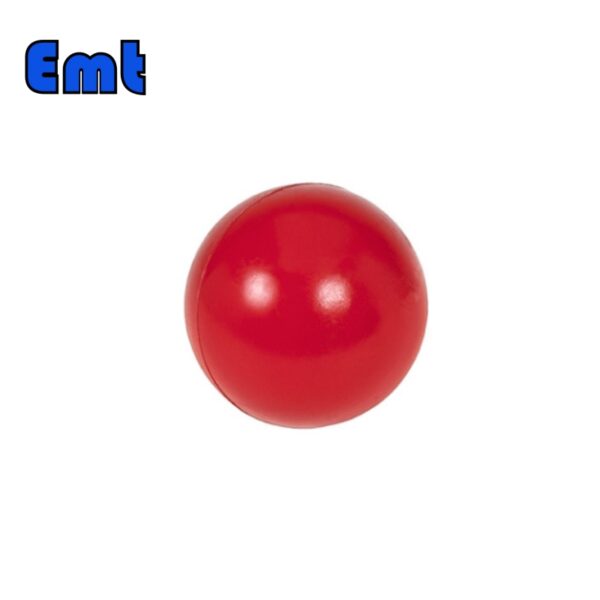
There are no reviews yet.